Chess piece from Kuusisto Castle
Artefact of the month - June 2024
A small chess piece, carved and turned from bone, was discovered in a medieval artificial fill layer in the archaeological excavation of the Kuusisto Bishop's Castle in 1987. The nearly intact piece depicts the king. The pawn is proof that the game of chess, which spread to Europe in the Middle Ages, was also played in the Bishop’s Castle in Finland.
Chess
Chess, probably developed in India, spread to Europe in the 11th century and the Nordics in the 12th century. All types of games were popular activities in castles, as evidenced by numerous dice and pawns found in excavations. In particular, dice of different sizes made from bone are almost always found in medieval excavations, along with quite a few draughts pieces. Chess pawns are discovered quite rarely in excavations, apparently because chess was only played by the social elite, i.e. the nobility and the higher clergy, in the Middle Ages. They were a culturally united group with a similar way of living. This means that it is quite natural to find a chess piece in the Kuusisto Bishop’s Castle.
In the 12th century, chess was seen as one of the capabilities of a knight alongside such skills as riding, falcon hunting and poetry. Chess was also seen as a game suitable for the clergy, because it was a strategy game, not a game of chance like dice games, which were played for money. Chess as a game became more common among all classes of society only in the late Middle Ages.
Chess pieces have been made in different styles in different times. The oldest Indian pawns depict the characters realistically, but when the game spread to the Arab world, the pieces became abstract, because Islam does not allow the depiction of humans. The production of naturalistic chess pawns depicting their subjects accurately started up again in Europe in the 11th century, and these pawns became very popular in northern Europe. The detailed pieces carved expertly from walrus teeth were probably made in the Nordic countries. The games and the pawns were beautiful and valuable; chess sets were sometimes mentioned in wills among other valuables. So-called neo-abstract style pieces, which were increasingly often made by turning, became popular in the 14th century. The style became completely dominant in the 15th century. Current chess pieces are based on this style.
Pawns and dice made from bone are very common discoveries in Finnish medieval castles and other excavations. In addition to Kuusisto Castle, they have also been found in Häme Castle and Olavinlinna Castle. Even half of a game board which could have been used to play either draughts or chess was discovered in Häme Castle.
The style of the pawn discovered in Kuusisto falls somewhere between representational and abstract. The pawn is made from bone by turning, but the face of the king and front of his costume have been carved afterwards. For this reason, it can be dated to roughly the 14th or 15th century, which is also in line with the dating of the rest of the Kuusisto excavation site. A second piece of a chess pawn was also found in the excavation of the main castle at Kuusisto in 2001. It is also made of bone and depicts a human figure.
Kuusisto Bishop's Castle
The chess piece representing the king, standing a little over two centimetres tall, was found in Kaarina, in the excavation of the Kuusisto Castle bailey in 1987. The excavation site was located east of the castle in the middle bailey. A large amount of medieval material was found in the area, including 78 coins. The excavated landmass mainly consisted of construction mass created during the construction and demolition of buildings. The excavation site can be dated to between the 1320s and the 1520s based on the coins found there.
The medieval Bishop's Castle in Kuusisto was originally built as the place of residence of the bishops of the Catholic Church in Finland. According to research, the presence of bishops in Kuusisto can be dated back to 1295. There is no precise information on the construction details, but presumably at the beginning the structures were made of wood. The construction of the stone castle began in the beginning of the 14th century, and at the end of the same century the castle had already reached its final size. However, the buildings and walls were still low and modest at the time compared to later stages.
Kuusisto Castle had its heyday during the reign of bishop Magnus II Tavast (1412–1450). According to the Bishop's chronicle, Magnus II Tavast built most of Kuusisto Castle. In his era, the castle was fortified as a stronghold of trade and defence. During its heyday, the castle was also a luxurious place of residence.
The castle was at its largest in the early 16th century. The reign of the Catholic bishops in Kuusisto ended with Arvid Kurki in 1522, and he was replaced by Danish representatives of secular power. The Danes spent one year in the castle. King Gustav Vasa conquered the castle from the Danes in 1523.
As part of the reform, Gustav Vasa issued an order to demolish the castle in 1528. Stones from Kuusisto Castle have reportedly been used at least in the construction of Turku Castle and the church in Piikkiö, and some of the bricks have also been used in repairs to Kastelholm Castle in Åland in the 19th century.
The ruins of the demolished castle were quickly taken over by vegetation. The excavation of the ruins started in the 1870s and the predecessor of the Finnish Heritage Agency, the Archaeological Commission (Muinaistieteellinen toimikunta), started the repairs of the ruins in 1891. The 1987 excavation was part of the repair works started by the Finnish Heritage Agency in 1985, which continue to this day.
Satu Frondelius
Litterature
Carelli Peter 1998. Schack. Det medeltida feodalsamhället i miniatyr. Metropolis Daniae: ett stycke Europa. Kulturhistoriska föreningen för södra Sverige.
Mikkola Terhi 2005. Hämeen linnan arkeologiset esinelöydöt. Arx Tavastica 12. Hämeenlinna-seuran julkaisu.
Suna Antti. Kuusiston linnan tutkimukset. Esilinna II, alue 28. Esilinna II:n pohjoisosan kaivaus. Keskiaikaisen piispanlinnan raunioiden tutkimus- ja pelastuskaivaus 1987, 1988, 1989 ja 1992. Kaivausraportti.


-
2024
-
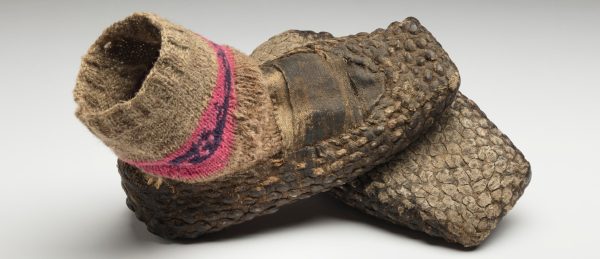 Tallukas slippers from Jämsä
Tallukas slippers from Jämsä
-
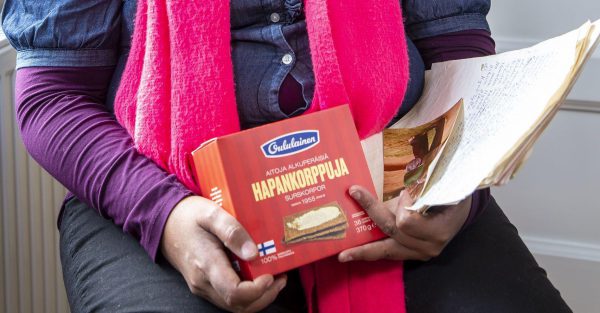 Video interview on the formation of a culturally diverse identity
Video interview on the formation of a culturally diverse identity
-
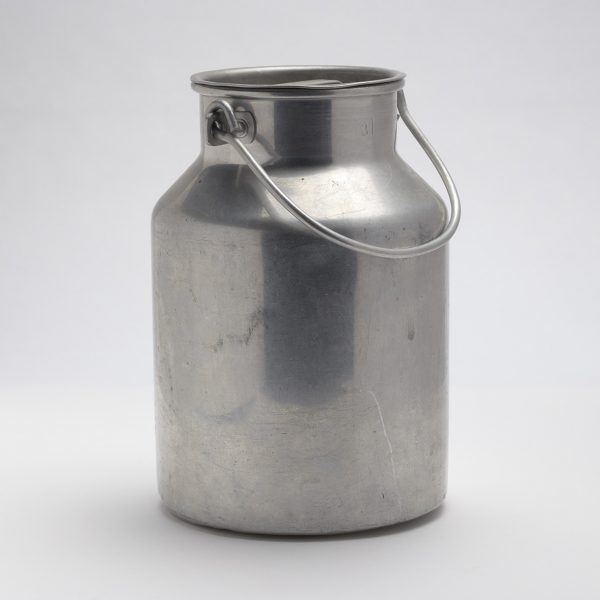 Milk churn – article of daily use and family history memento
Milk churn – article of daily use and family history memento
-
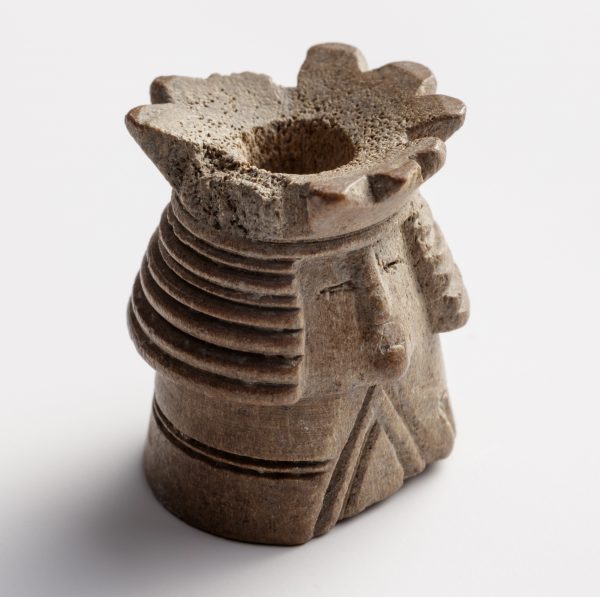 Chess piece from Kuusisto Castle
Chess piece from Kuusisto Castle
-
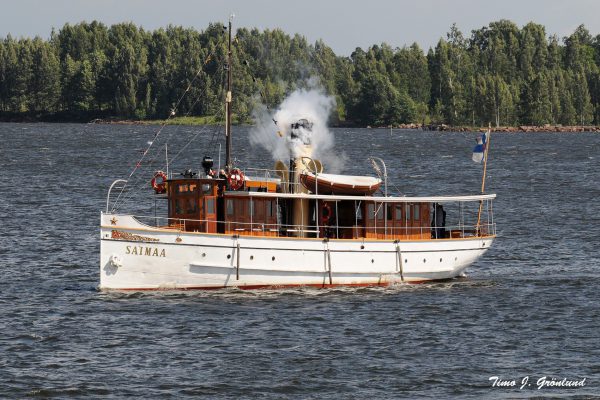 S/S Saimaa
S/S Saimaa
-
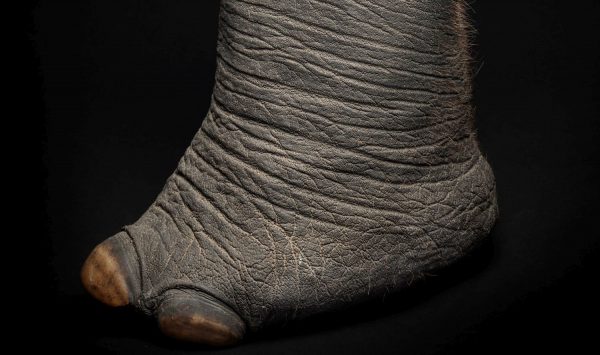 Wastepaper basket made out of an elephant’s foot
Wastepaper basket made out of an elephant’s foot
-
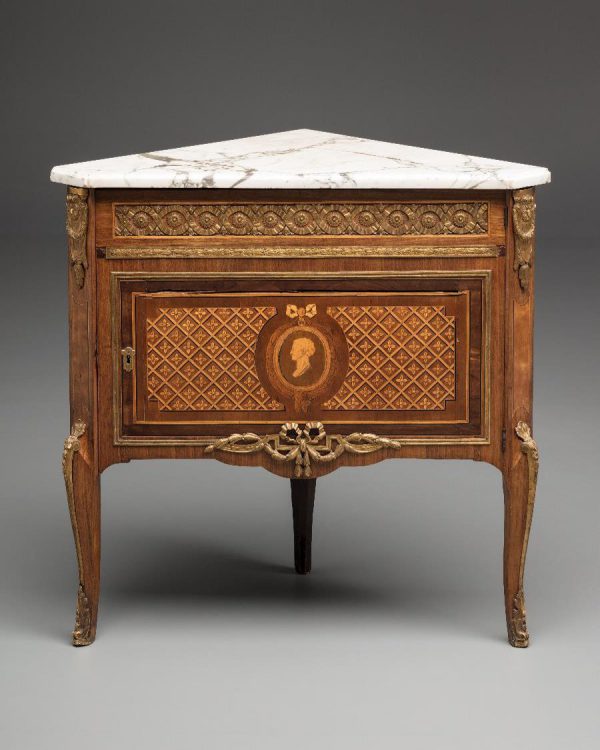 The corner cabinet made by Georg Haupt
The corner cabinet made by Georg Haupt
-
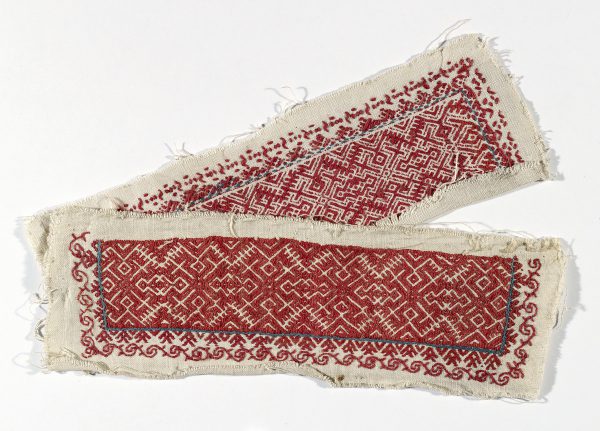 Muiskas from White Karelia
Muiskas from White Karelia
-
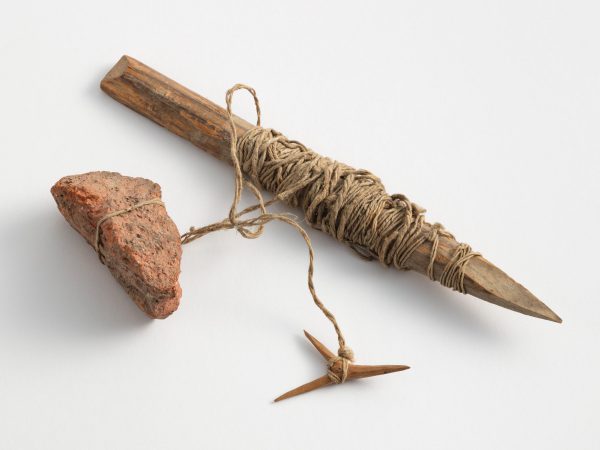 Burbot hook
Burbot hook
-
-
2023
-
2022
-
2021
-
2020
-
2019
-
2018
